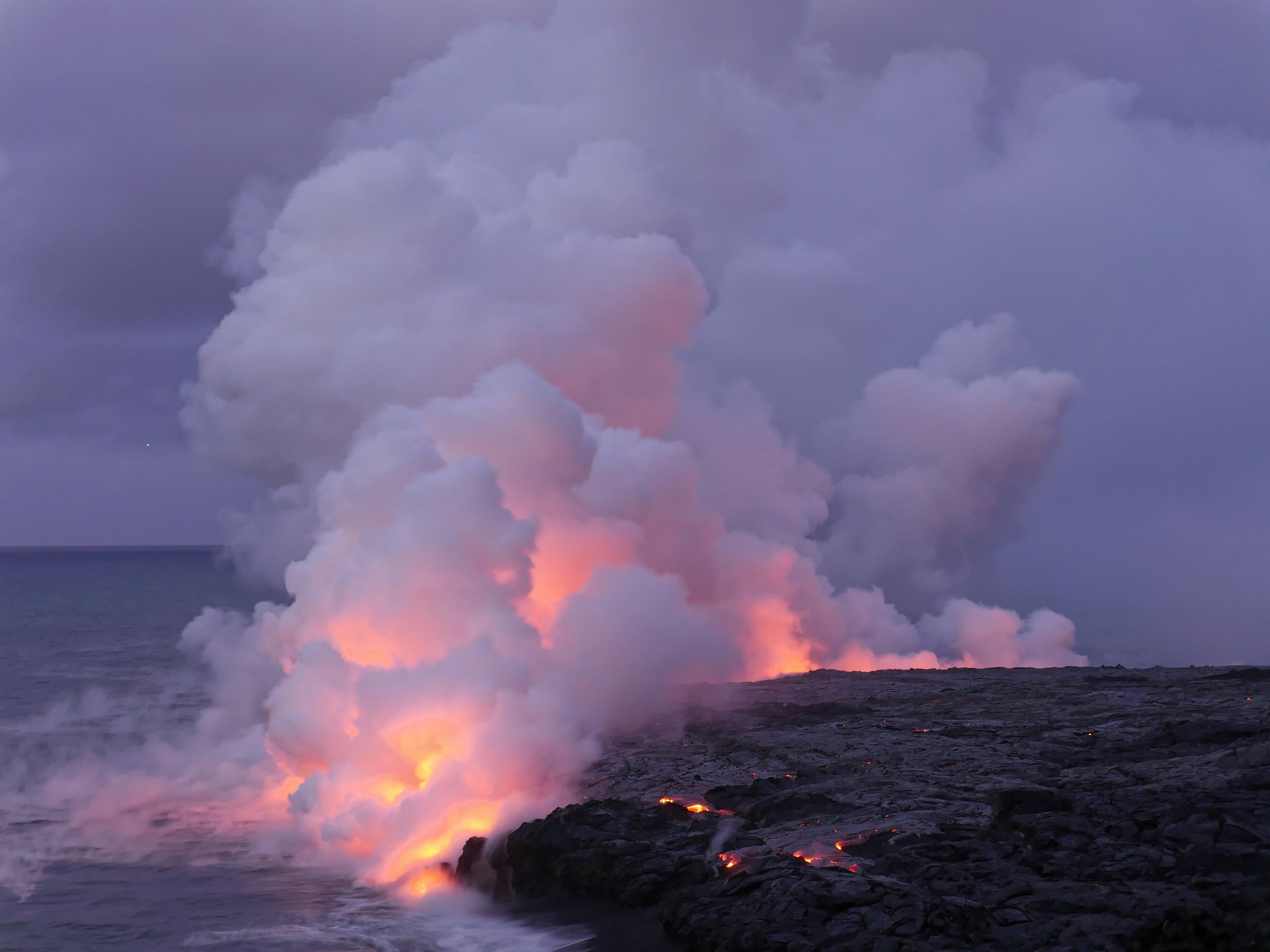Why is the Big Island of Hawaii so Big?
Hawaii Island, also known as the Big Island, is named due to its tremendous size compared to the other Hawaiian Islands. This massive landmass is a result of several geological factors and unique natural processes that have shaped it over millions of years! Hawaii Island is a place like no other!
Here’s a closer look at why the Big Island of Hawaii is so big:
Volcanic Activity
The main reason for the Big Island’s size is its volcanic origin. Hawaii is situated over a volcanic hotspot in the middle of the Pacific Plate. As the Pacific Plate moves over this hotspot, magma from deep within the Earth’s mantle rises to the surface, creating volcanoes. The Big Island is home to five major volcanoes:
Kilauea: One of the most active volcanoes in the world, Kilauea has been erupting frequently since 1983, adding new land to the island.
Mauna Loa: The largest active volcano on Earth, Mauna Loa’s eruptions have significantly contributed to the island’s size.
Mauna Kea: Although currently dormant, Mauna Kea’s eruptions in the past have also played a role in expanding the island.
Hualalai: This volcano last erupted in 1801 and continues to shape the island’s landscape.
Kohala: The oldest of the five, Kohala is now extinct but was instrumental in the island’s early formation.
Big Island is YOUNG!
The Big Island is the youngest of the Hawaiian Islands.
It is still actively growing due to ongoing volcanic activity, particularly from Kilauea and Mauna Loa. In contrast, the older Hawaiian Islands, such as Oahu and Kauai, have moved away from the hotspot and are no longer volcanically active.
Over time, these older islands have eroded and become smaller, while the Big Island continues to expand!
Lava Flows
The continuous flow of lava from active volcanoes is a significant contributor to the Big Island’s growth.
Lava flows from eruptions create new land as they cool and solidify. For example, the ongoing eruptions of Kilauea have added over 500 acres of new land to the island’s southeastern coast since 1983.
The lava builds up the island’s mass and extends its coastline!
Submarine Volcanoes
The Big Island’s size is not limited to its visible landmass. Submarine volcanoes, which are underwater volcanic mountains, also contribute to the island’s growth.
Loihi Seamount, an active submarine volcano located southeast of the Big Island, is currently building up beneath the ocean’s surface.
In thousands of years, it may emerge as a new island, further extending the Hawaiian archipelago!
The Big Island of Hawaii’s massive size is due to its volcanic origins and ongoing geological activity. The combination of multiple large volcanoes, continuous lava flows, and the island’s young age all have made it the one-of-a-kind place that it is! As volcanic activity persists, the Big Island will continue to grow, maintaining its title as the largest island in the Hawaiian Islands!
We can’t wait for you to experience all that Hawaii has to offer! Visit our reception desk if you have any questions about making the most of your Hawaii experience! See you soon!




